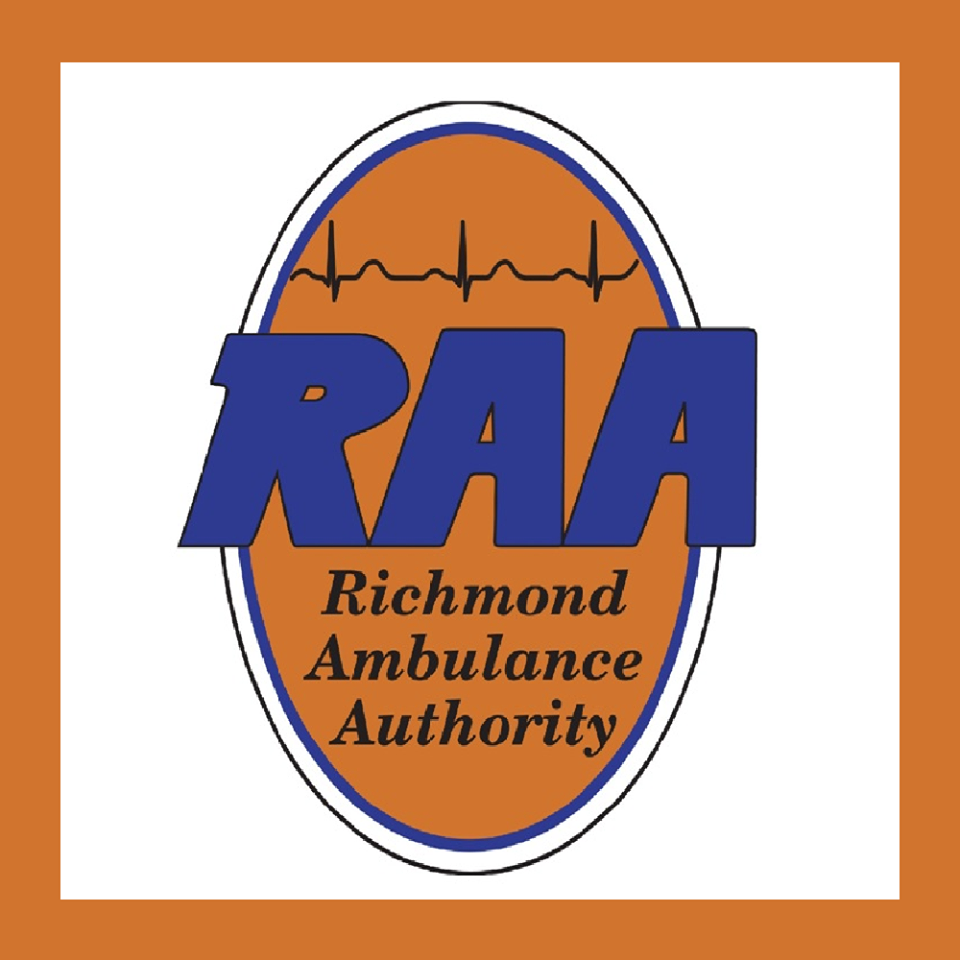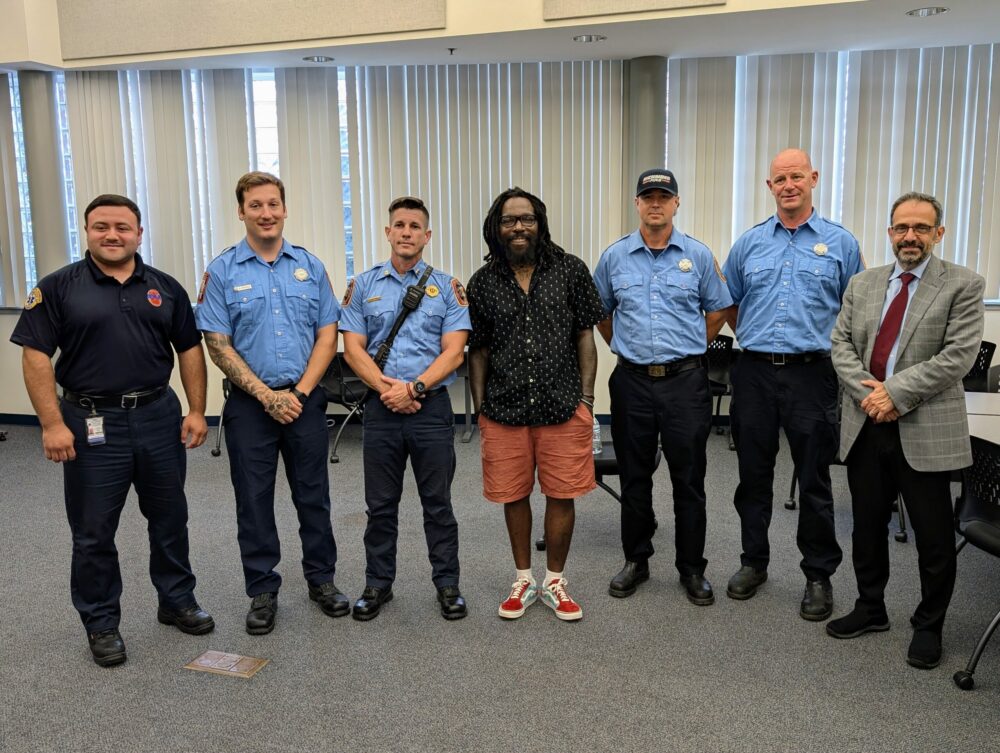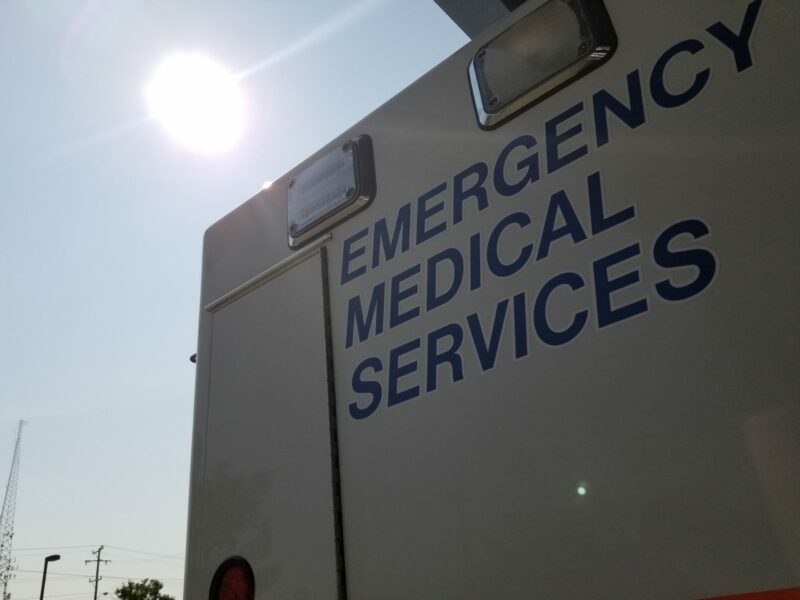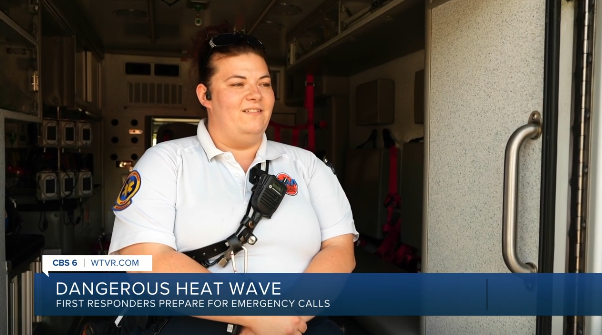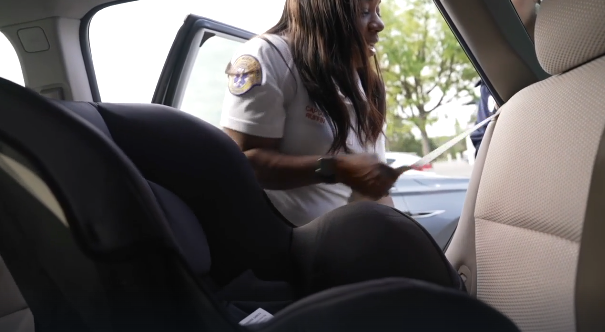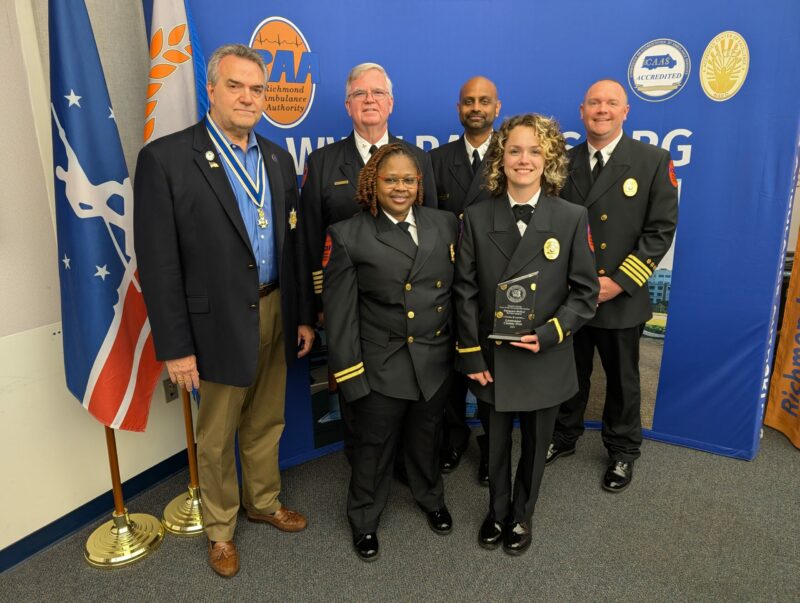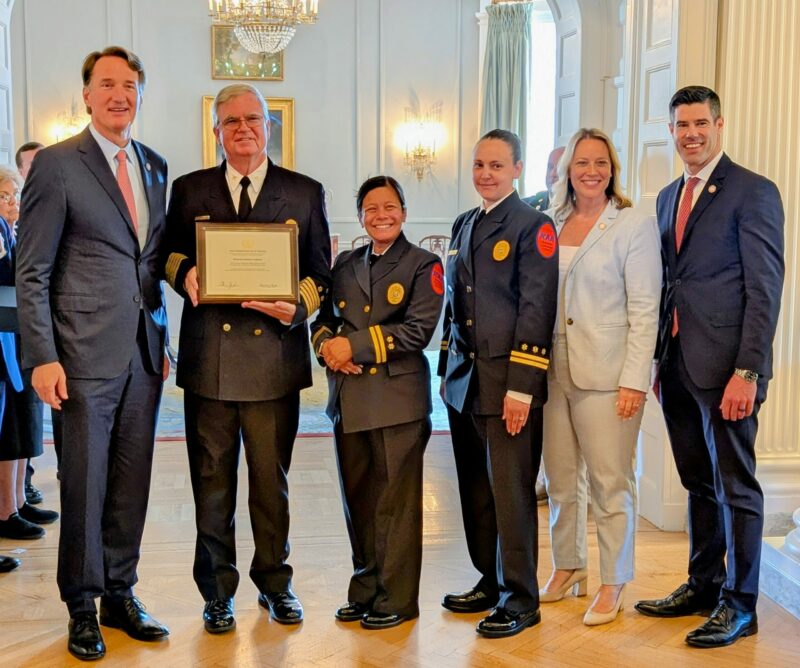Reprinted from: Richmond Times Dispatch, July 7, 1990
For many years the citizens of Richmond and surrounding counties have been served well by volunteer rescue squads, staffed by self-sacrificing people who give generously of their time and energy to provide fast help in medical emergencies. But recently the private ambulance service that worked in tandem with the volunteer squads collapsed, requiring the city to fill the gap. As it now turns out, the city is filling the gap so full that inside city limits the volunteer squads may soon go the way of the pony express.
The city has established its own not-for-profit ambulance service, Richmond Ambulance Services, Inc., and purchased 20 new ambulances at $100,000 apiece. The new rescue vehicles come billed as “mobile emergency rooms” because of their sophisticated equipment, which includes on-board driving computers to “monitor the driver’s performance and provide instantaneous feedback,” according to the recent press release. Advanced Life Support (ALS) for all emergency calls, this being a higher standard of emergency care than the Basic Life Support (BLS) provided by the volunteer squads on many of the calls they answer.
There are four volunteer squads serving the Richmond metropolitan area; in recent days two of them â the Lakeside Rescue Squad in Henrico and the Forest View Rescue Squad in Chesterfield â discontinued service inside the city. The squads pulled out because the city is determined to provide ALS care on all calls, and it wants at least 50 percent of volunteer personnel ALS certified, a standard which requires significantly more initial and continuing education than BLS certification. The difference is enough to bump many volunteers, who have families full-time jobs, out of rescue service. And the problem is aggravated by the city’s demand that the 50-percent ALS certification level be achieved within six months.
The city is concerned that its emergency medical service has fallen below prevailing standards. It points out that cardiac arrest patients transported by ambulances â those who stand to benefit most from the enhanced ALS care â survive about 30 percent of the time in the most efficient systems, while in Richmond last year only 4 percent recovered from their heart attacks. Medical malpractice litigation generally turns on standards of care commonly accepted in medical science, and the city is understandably concerned about the risk of lawsuits stemming from substandard rescue procedures. And the risk is only enhanced where the city itself provides a higher level of care in one part of town than another; that would be a plaintiff-malpractice lawyer’s dream.
Volunteers counter all this with the fact that ALS technicians, who differ from BLS personnel in their ability to administer injections, intravenous solutions and some other procedures, are unnecessary for the majority of ambulance calls. They believe a dispatching system could be devised to allow for ALS care where it is needed without requiring so many volunteers to maintain ALS certification.
Also worth noting is that the city’s new commitment to ALS care does not come without costs. The twenty “mobile emergency rooms” are but $2 million of the $3.2 million investment the city is making in upgraded equipment. And the emergency response charge to citizens who need an ambulance is to be at least $320, which could shock someone expecting the free service of the volunteer squads right into another cardiac arrest. The city’s ambulance company has hired a public relations firm to sell Richmonders “memberships” that will provide the enhanced service for no additional charge in exchange for a $49 annual fee â sort of a Triple A for heart attacks.
It is uncertain at this point whether anything can rescue the city’s rescue squads, no heading for the counties where they much feel more wanted. Certainly the city should not take lightly the decades-old contribution of these volunteers, and every effort must be made to continue to utilize the skills and personal sacrifice they offer their fellow citizens. And yet it is not difficult to see how advances in medical science, especially when coupled with the threat of lawsuits against those who fail to keep up, would gradually displace v with still more intensively trained professionals. As they continue to reconcile the tensions between noble tradition and ever-advancing technology, city officials should not underestimate the lifesaving power of people doing good for its own sake, something science can never replace.
